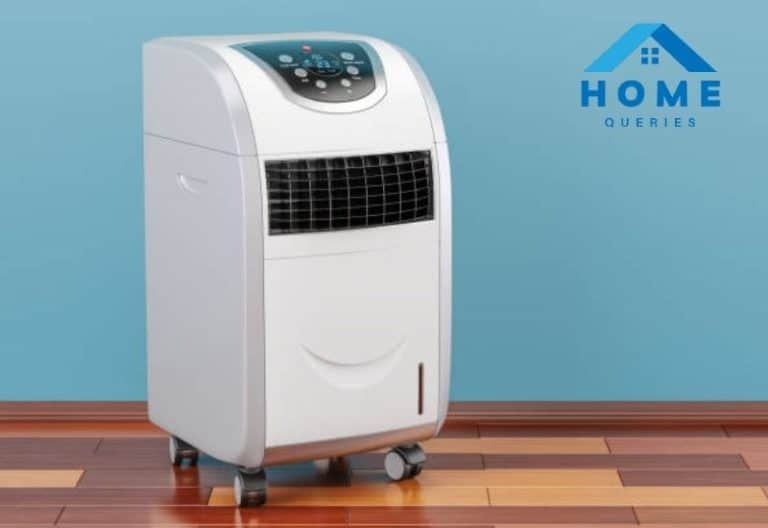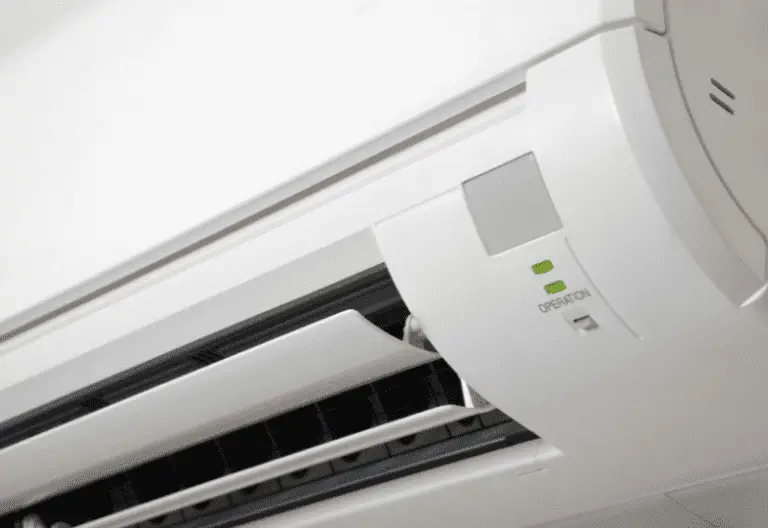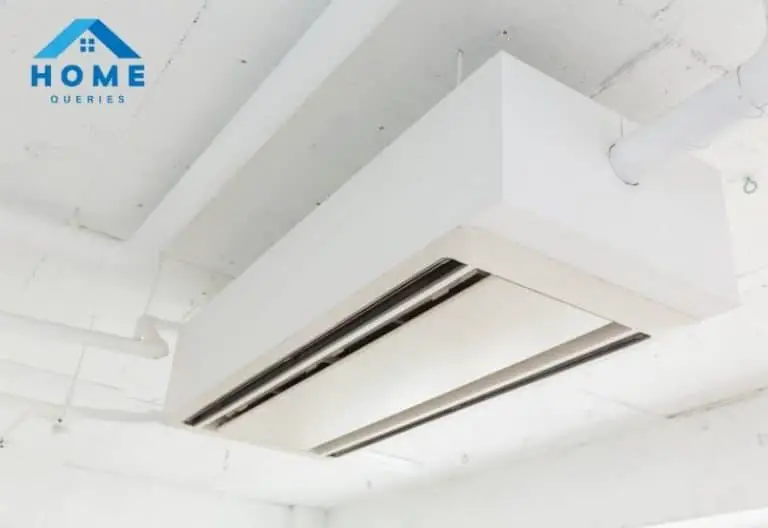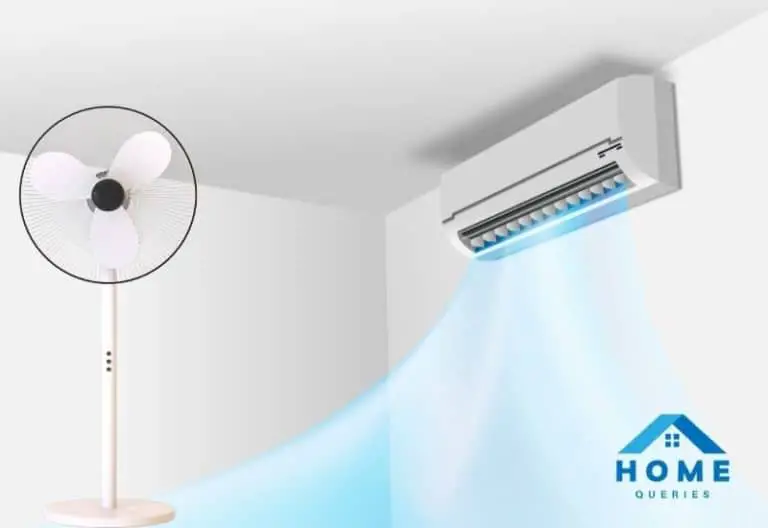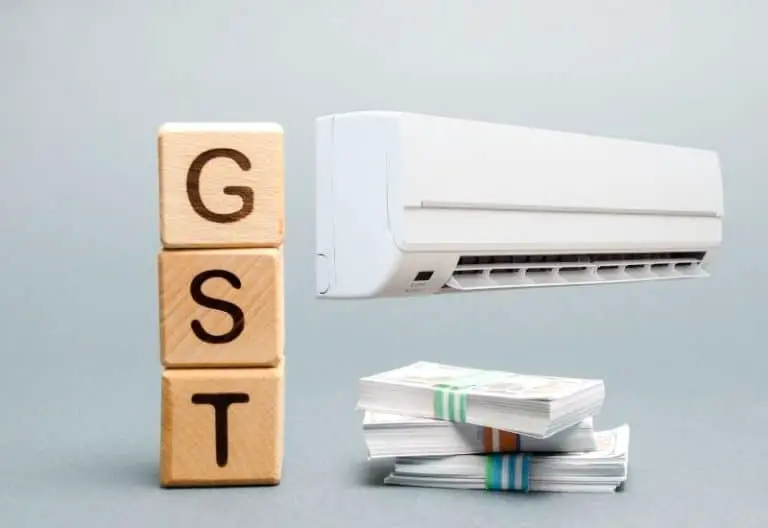Will a 10000 watt generator run a central air conditioner? Do you know how a generator may help you with your home Central Air system?
To know what valued generator, you need to know the power usage of your central air. If your home has a 2.5ton (20 ampere or 30,000 BTU), then you will need a 10kw generator.
If your home has a 3ton (30 Ampere or 36,000 BTUs) Air Conditioner, you will need at least a 14 KW generator. If you have a 4ton (40 Ampere or 48,000 BTUs) Air Conditioner, then you need at least a 17 KW generator.
In the case that you have a 5ton (50 Ampere or 60,000 BTUs) Air Conditioner, you should consider buying at least a 20KW generator.
To know all of this, just read the article, and all of your questions will be answered. So, let’s get started.
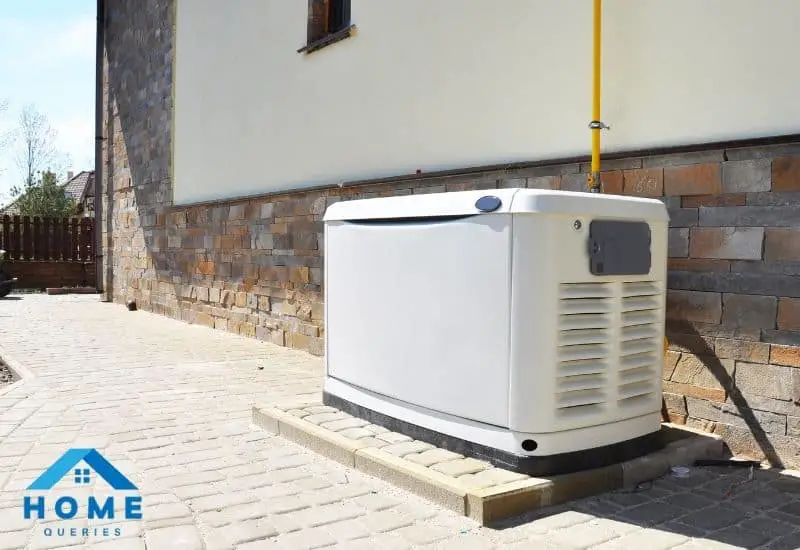
will a 10000 watt generator run a central air conditioner?
A 10000-watt generator can run central air In most homes because it won’t be possible to run central heating or air conditioning with just a regular 5,000Watt generator. Why do you ask? Well, the reason is that your central air will consume all of the electricity powered by the generator or such is the case if you have a big powerful central air.
Thus, you won’t get electricity to run your home appliances. In that case, you also need to calculate the total power usage of your home.
What Do You Need To Know Before Reading This Article?
Note: If your only wish is to buy a generator for the purpose of using the central air in your home, then you can refer to this guideline. Otherwise, you will need a different powered generator that I will talk about later. First comes the important parts.
Before reading this article, first, you need to know the power usage of your central air. The central air in your home differs according to the size of your home, and according to that, you might need a different generator.
Anyway, if you need a generator for the purpose of using central air, then you only need to know the power usage of your generator.
Read more: Is Air Conditioner is Asset Or Liability?
Now Comes The Question, How Do You Calculate For A Different Valued Central Air System That Is Not Listed Above?
For that, you need to know how to convert BTUs (if your central air is valued in BTU) to watt. 1 BTU is almost 0.293 watts. S
o, for example, if you have a 20,000 BTU central air system, then the power would be 20,000 x 0.293 Watts or almost 5862 Watts. However, if your Central Air is already in Watts, then no need for calculation.
How Do You Find Out Which Valued Generator You Need For Your Home?
Now, you need to know how efficient your generator will be. For example, if your generator has 75% efficiency and you have a 20,000 BTUs or 5862 Watts Central Air, then you will need a generator of approximately 5862+ {(100-75)100*5862} or almost 7.3 KW of the generator.
If you calculate that your home appliances require a total of 1600 running watts, get a generator that can provide at least 9KW power. So, in the case that you have a 2.5ton (20 Ampere or 30,000 BTU), you will need a generator of a minimum of 10KW for safety.
If the total running wattage of your selected appliances is more than that, then you will need a different powered generator.
What Is The Importance Of A Generator?
The importance of using a generator widely varies according to usage. But it is a very important machine if you get repeated power outages or load-shedding in your area.
How Does A Generator Work?
Well, the invention and the principles of how a generator works is pretty complex as it involves a lot of physics and mathematics. However, in simple words, a generator consumes oil and produces the electrical energy that runs your home.
How Many Watts Is A 2.5ton Air Conditioner?
The value for an Air Conditioner is given mostly in BTU (British Thermal Unit) per hour. So, for a 2.5ton Air Conditioner, the value is 30,000 BTU per hour. If we convert it to Watts, we get about 8790 watts.
What Is Central Air, And How Does It Work?
Central air is a term that is used to define most whole-home air conditioning systems. The machine replaces warm air with cool air, which is passed through cold coils and then pushed into the living space.
Central air conditioners circulate cool air through a system of supply and return ducts. Supply ducts and registers (i.e., openings in the walls, floors, or ceilings covered by grills) carry cooled air from the air conditioner to the home.
This cooled air gets warmer as it circulates through the home; then, it flows back to the central air conditioner through return ducts and registers.
What Parts Are Included In A Central Air Conditioning System?
First of all, there are two types of central air systems.
- The split-system
- packaged unit.
Split-system :
In a split-system central air conditioner, the outdoor cabinet contains the outdoor heat exchanger, fan, and compressor, and an indoor cabinet contains the indoor heat exchanger and blower, which pushes the air into your home.
In many split-system air conditioners, the indoor cabinet may contain a furnace or the indoor heat exchanger of a heat pump. But if your home already has a furnace, but there’s no air conditioner, then installing a split system may be the most economical one.
Packaged System :
In a packaged central air conditioner, all of the parts ( the heat exchangers, compressor, fan, and blower) are located in one cabinet, which is usually placed on a roof or on a concrete slab next to the house’s foundation.
This type of air conditioner is mostly used in small commercial buildings. The supply and return ducts come from indoors through the home’s exterior wall or roof to connect with the packaged air conditioner.
Packaged air conditioners often include electric heating coils or a natural gas furnace. This combination of an air conditioner and central heater eliminates the need for a separate furnace.
The parts :
For a split system :
- Outdoor Unit – fan, condenser coil, and compressor
- Indoor Unit – furnace or a fan coil, which houses the evaporator coil and fan to circulate cool air
- Copper tubing – where the refrigerant flows between the indoor and outdoor units.
For a packaged system :
- All of the parts (the fan, condenser. Compressor, and fan coil) are placed together.
What Do You Need To Know Before Installing A Central Air?
When installing a new central air conditioning system, be sure that your contractor:
- Allows adequate indoor space for the installation, maintenance, and repair of the new system
- It uses a duct-sizing methodology.
- Ensures there are enough supply registers to deliver cool air and enough return air registers to carry warm house air back to the air conditioner
- Installs duct work within the conditioned space, not in the attic, wherever possible
- Locates the condensing unit where its noise will not keep you or your neighbors awake at night, if possible
- Seals all ducts with duct mastic and heavily insulated ducts
- Locates the condensing unit where no nearby objects will block airflow to it
- Verifies that the newly installed air conditioner has the exact refrigerant charge and airflow rate specified by the manufacturer
- Locates the thermostat away from heat sources, such as windows or supply registers.
Air conditioners dehumidify the air to improve comfort. However, in extremely humid climates, when outdoor temperatures are moderate, or in cases where the air conditioner is oversized, the air may not reach a low enough humidity to achieve a comfortable level.
In those instances, homeowners may reduce the thermostat setting or use a dehumidifier. But in both cases, this will increase energy use, both for the dehumidifier itself and because the air conditioner will require more energy to cool the house.
Conclusion
If you have a central air system in your home, set the fan to the “auto” mode. In other words, don’t use the system’s central fan to provide air circulation — use circulating fans in individual rooms. It will save you a lot of energy.

